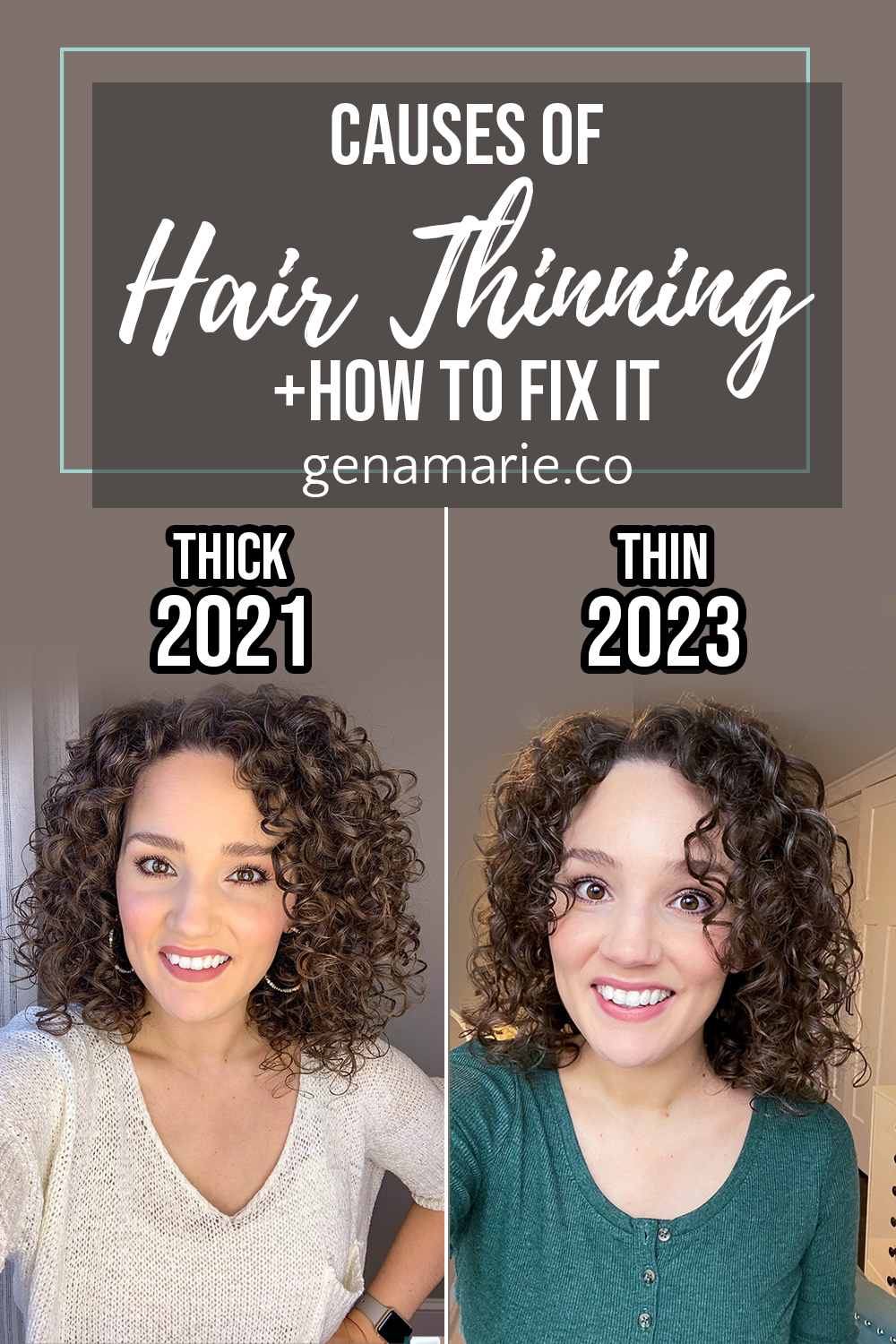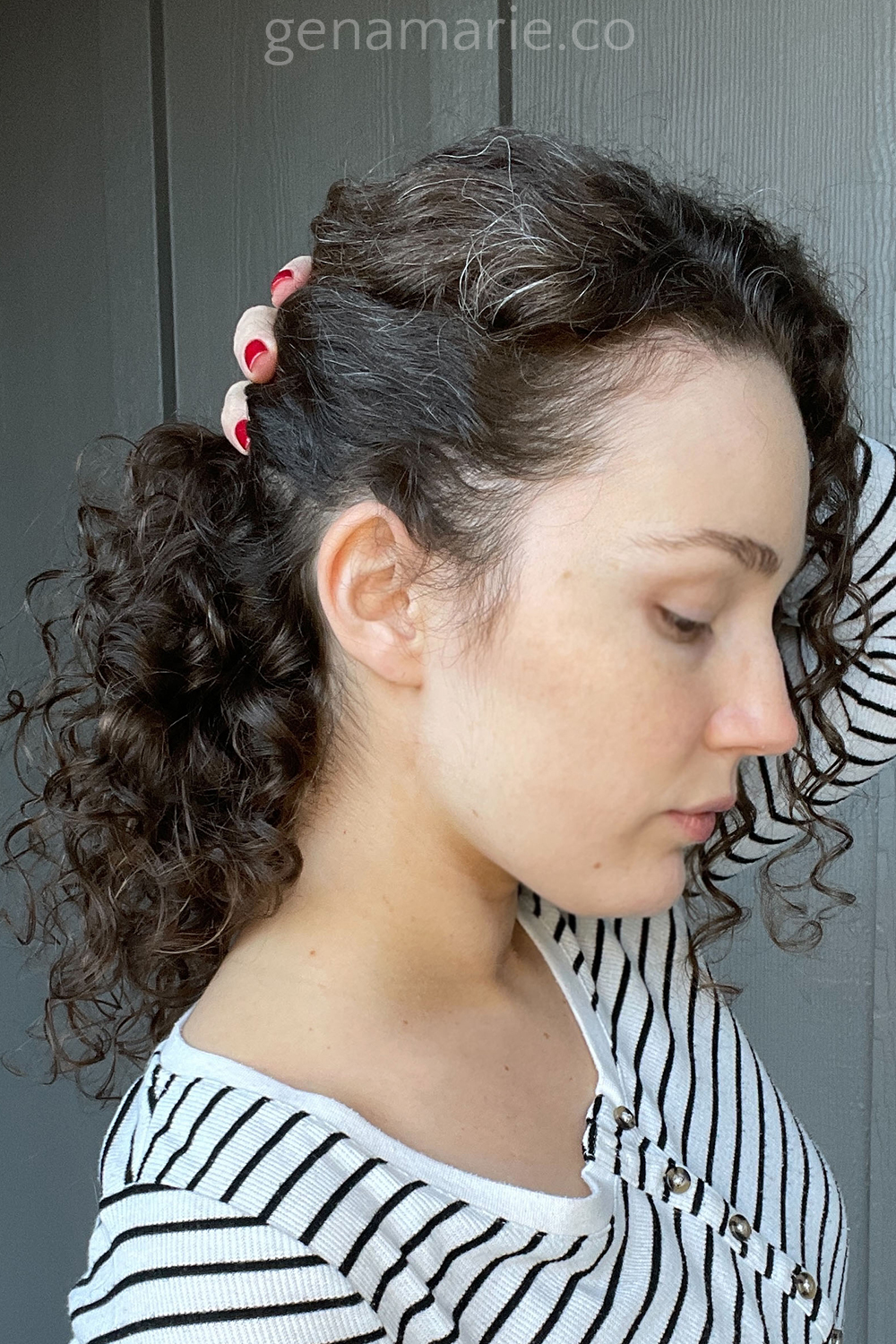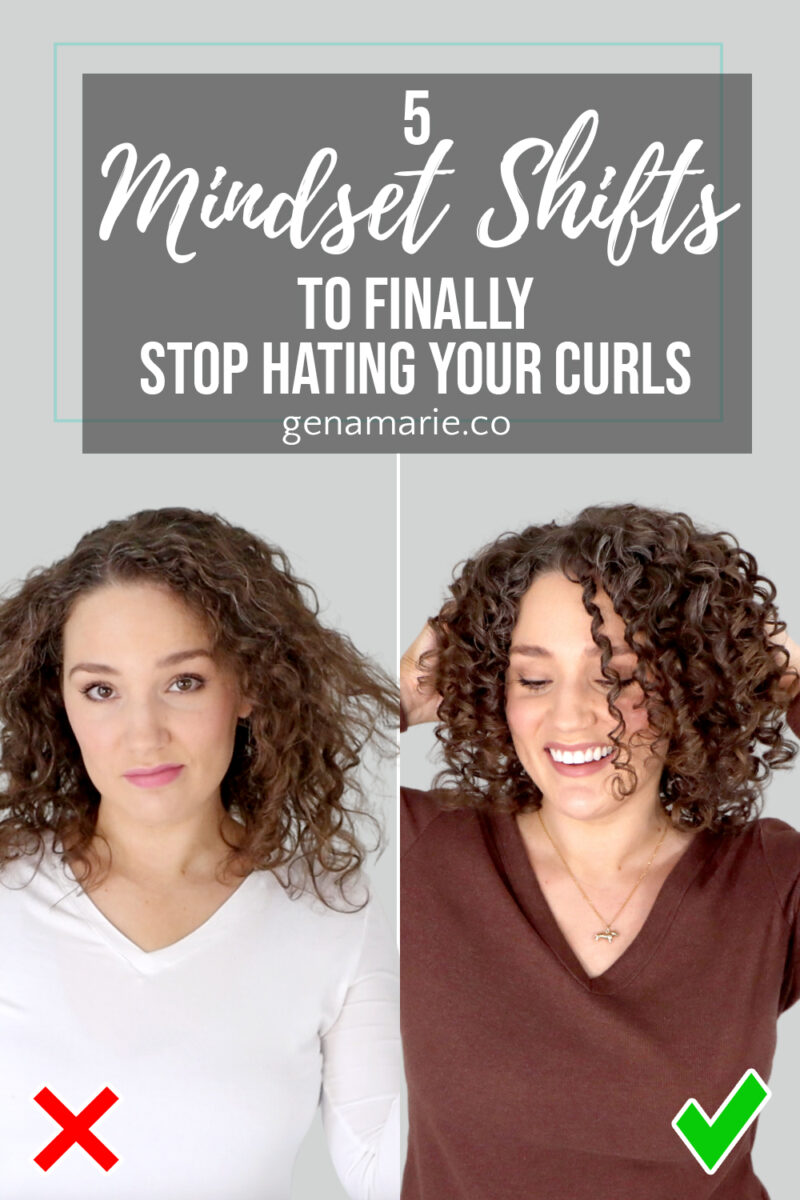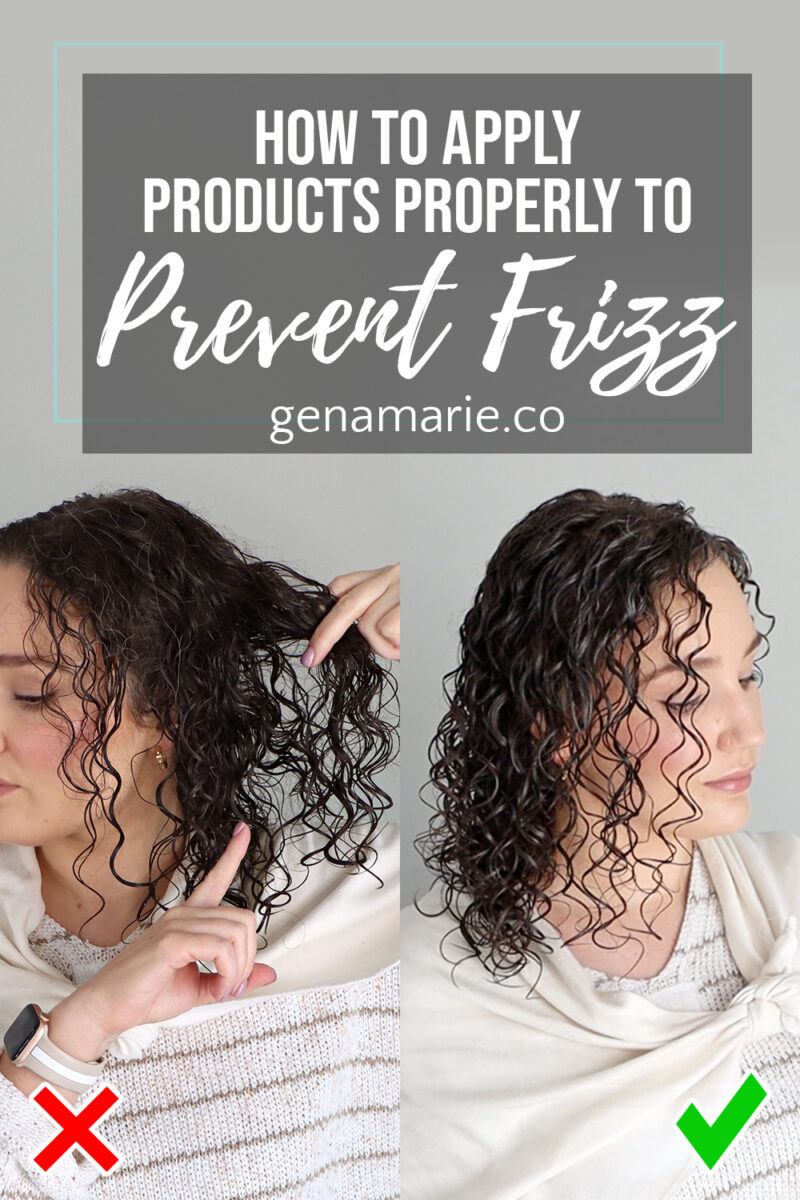
Best Light + Medium Hold Gels That Actually Work in Dry Climates (Fall & Winter)
Light and medium-hold gels are one of the biggest categories out there — and honestly, most of them don’t work. I’ve tested hundreds of gels.

Have you noticed your hair becoming thinner over time? I know firsthand, it can be so discouraging especially when it seems like we have no control over it and nothing works.
In this post, I’ll cover how to tell if your hair is actually thinning, the most common causes, and some things I have been doing to try and improve my density and re-grow my hair.
It can be so hard to tell if your hair is thinning or not because it typically happens gradually over time. It’s more obvious when there are significant bald spots, but when there is overall thinning it’s harder to tell. Curly hair, especially, can be hard to discern what is normal shedding or not because the loose hairs get stuck within the curls until detangling on wash day.
We normally lose an average of up to 100 hairs per day, so if you only detangle/wash every 5 days, that’s 500 hairs you’re seeing all at once. Check out my post here for more info on shedding. If you’re noticing a significant increase in the amount of shedding than you normally have, or if you’re seeing clumps come out, that is a cause for concern. Also, you may notice excess shedding at every stage of your wash day in addition to detangling, such as while styling and even while refreshing.
Other signs of thinning:
Comparing photos is a great way to tell and one of the main ways I noticed my thinning. You can also measure your hair’s density:

Thinning and hair loss can be permanent or temporary. It’s typically caused by internal factors since our internal health contributes to our scalp health and hair growth cycle.
Most important, you have to fix the underlying cause, if it’s caused by something other than genetics and basic aging. See a doctor and get bloodwork done to determine if you have any deficiencies or other health concerns. A trichologist is another option.
If you’re looking for more tips on how to style your hair so that it looks fuller, watch this video.
Has your curl pattern also changed over time? Check out this video next to learn more.
Disclaimer:
I am not a medical doctor and this is not medical advice. I am sharing my experience with hair thinning and compiling info for you from sources online on the causes of hair loss.
Sources:
https://www.healthline.com/nutrition/how-diet-affects-hair-loss
https://www.mayoclinic.org/diseases-conditions/hair-loss/symptoms-causes/syc-20372926
https://www.ncbi.nlm.nih.gov/pmc/articles/PMC3352833/


Light and medium-hold gels are one of the biggest categories out there — and honestly, most of them don’t work. I’ve tested hundreds of gels.

If you’ve ever felt frustrated with your hair or caught yourself thinking, “I just have bad hair,” “Nothing ever works for me,” or “My curls

If you’re still getting frizz even though you’ve tried so many products, the issue may not be the products at all — it might be

I’ve rounded up some of my top curly hair and beauty favorites that are on sale for Black Friday and Cyber Monday. I’ve included quick
One Response
Are you using olaplex? If you do, please keep an eye on the “baby hairs” after using. I noticed a lot of them myself just days after every time I used olaplex (which I used rare enough to really notice the difference).
Upon search it seems rare, but I’m definitely not the only one who’s hair consistently breaks and thus thins from a treatment that works so well for others.